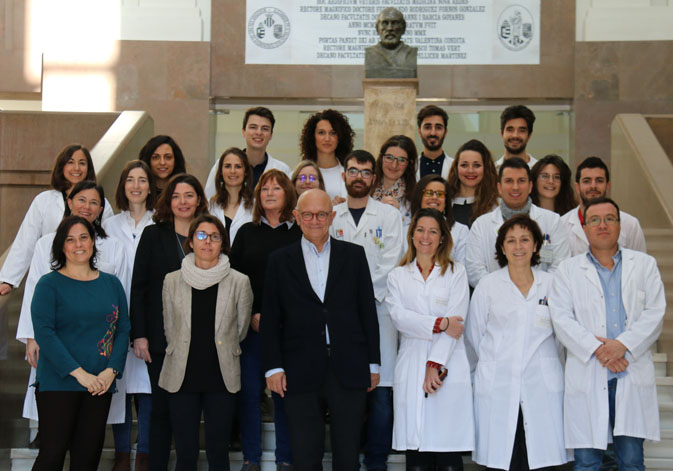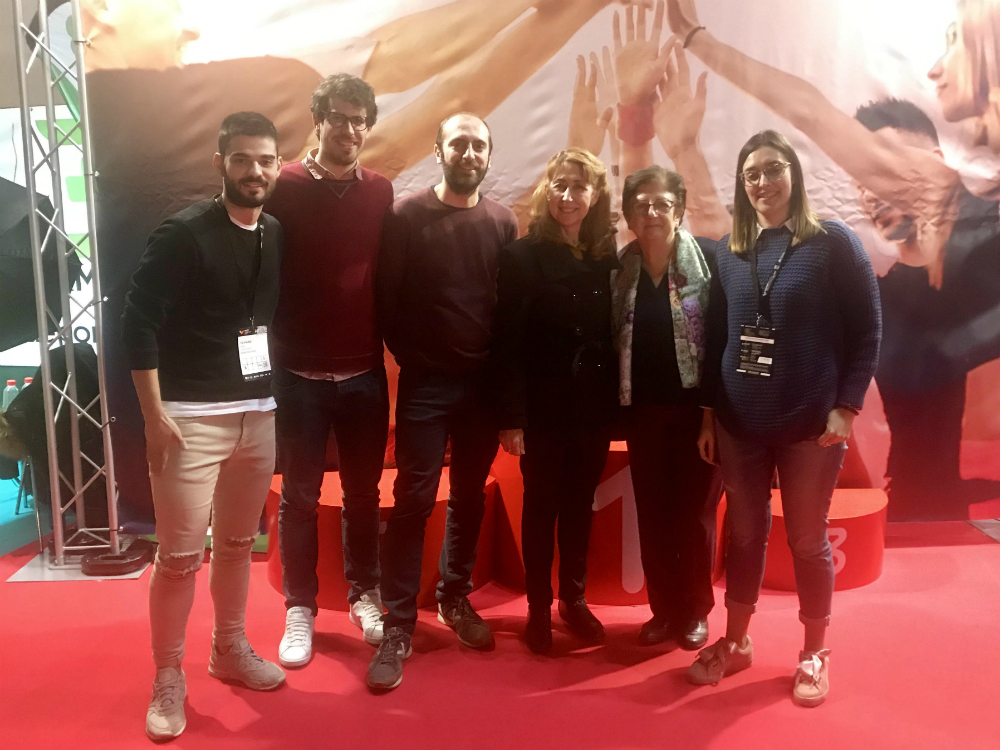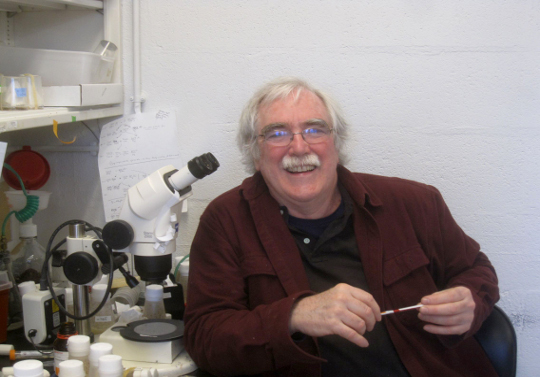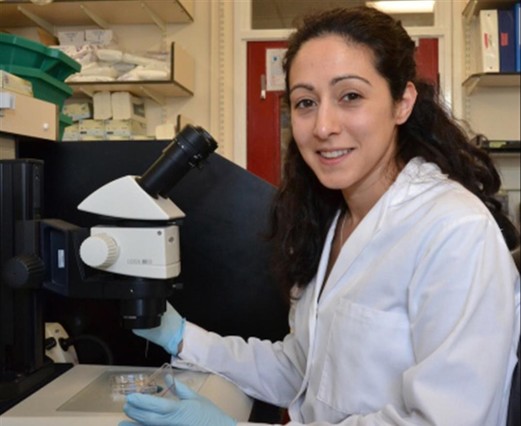
The procedure to clean, repair or introduce parts of the genes associated with diseases was the most important advance of 2015 for the Science magazine.
24 february 2016
The technique that allows to modify parts of genes associated with diseases has been successfully tested in mice, monkeys and dogs and in the United Kingdom has been approved its use in embryos. The researcher Kathy Niakan, of The Francis Crick Institute, will analyse the first week of development of a fertilised egg.
This technique is named CRISPR (Clustered Regularly Interspaced Short Palindromic Repeats) and allows to detect damaged genes in the DNA. In the future it is expected to cure genetic diseases in the germline of patients, this is, that nor the treated patient nor their descendants will suffer from that introduced disease.
The authority in Human Fertilisation and Embryology Authority (HFEA) approved the use of the CRISPR technique in embryos in order to know in detail how a human embryo with good health is developed. Kathy Niakan will study the fertilised egg: since it is a unique cell until its division into more than 250 cells (blastocyst) and it is expected to understand the exact process by which the embryos are healthy and successfully developed.
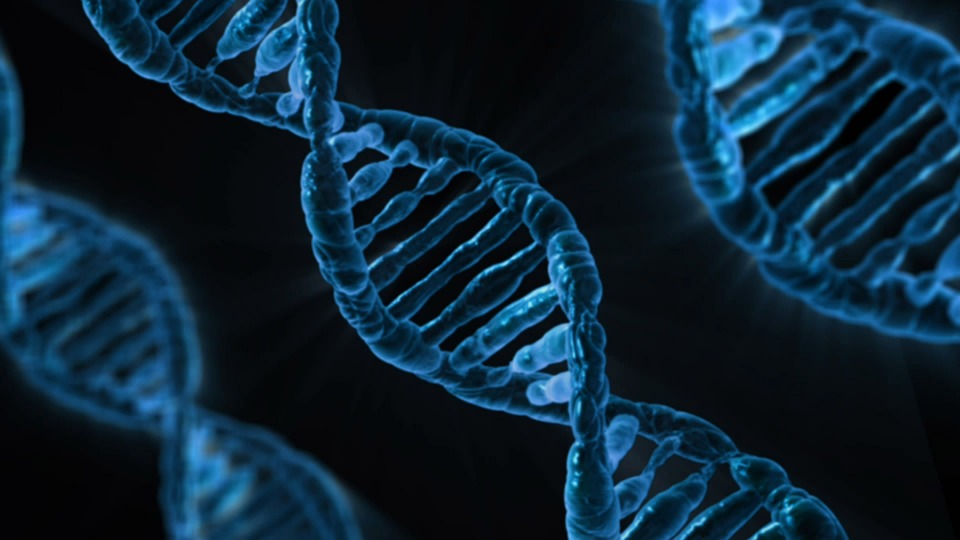
The objectives of this work are purely experimental: it is aimed to know the process closely without modifying it. In a future, this treatment could improve the development of the embryo after the in vitro fertilisation and even provide new treatment methods for infertility. The researcher Kath Niakan will work with embryos donated by patients who have given their consent to use the excesses after an in vitro treatment in experiments.
The main objective is to understand why some women have a spontaneous abortion and why others suffer from infertility. Only half of every hundred fertilised eggs in the United Kingdom reach the structure of a blastocyst, only 25 can be implanted in the uterus and barely 13 reach a development of three months.
The use of the CRISPR technique in human embryos can lead to a great scientific advance helping us to understand better what happens when an embryo goes from one cell to 250 and this process has problems, which results in disease or malformation. This first week is key to understand the complete development of an embryo, so in the near future we will know more things about this subject.


